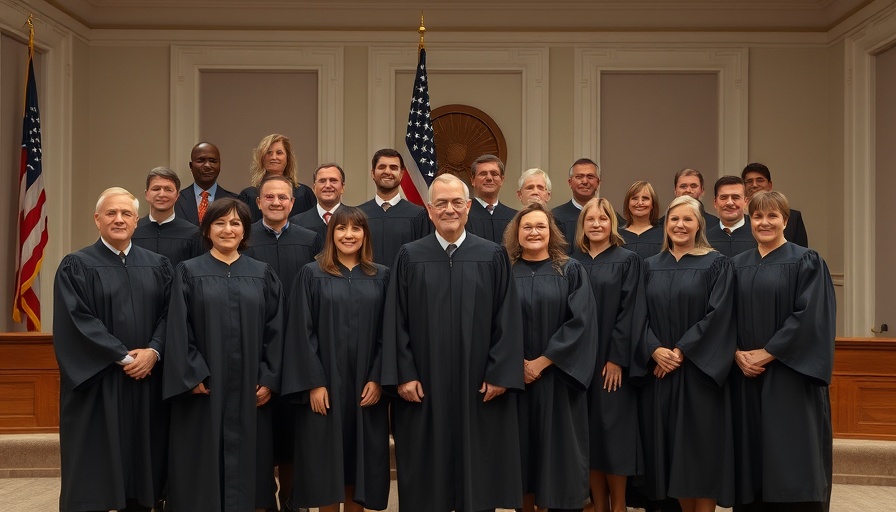
Understanding Michigan's College Enrollment Trends
The recent statistics from Michigan reveal a troubling trend in college enrollment among high school graduates. Only 53.4% of graduates from the class of 2024 pursued higher education within six months of graduation. This marks a significant decline from the 62.2% college enrollment rate in 2019, demonstrating the impacts of the COVID-19 pandemic and highlighting challenges faced by the state’s education system.
The Impact of the Pandemic on Higher Education
The events of the past few years have reshaped educational trajectories for countless students. The pandemic prompted many graduates to reconsider their futures, contributing to a notable drop in college enrollments across Michigan. For instance, Howell's class of 2024 witnessed a decrease in enrollment from 64% in 2019 to just 49.5% in 2024, with particularly sharp declines in four-year school enrollment.
Scholarships: What Are Their Effects?
In response to these challenges, the Michigan Achievement Scholarship was initiated to enhance college affordability. Despite the substantial investment of $550 million geared towards aiding recent graduates, the anticipated uplift in enrollment rates has yet to be seen. Remarkably, even with financial support provided, the enrollment rate has stagnated, remaining lower than historical figures.
Regional Disparities in Enrollment Rates
Diversified trends are evident across different districts. While some areas like Detroit have seen rising enrollment, others suffer considerable declines. For instance, schools in Gaylord and Riverview displayed drops between 15-20% in enrollment rates. This inconsistent pattern begs the question of what localized factors may be influencing these decisions—be it financial, geographical, or emotional.
Looking Ahead: The Future of College Enrollment
To foster a brighter educational future, it's crucial to interpret the collected data meaningfully. Experts suggest that personalized outreach about the scholarships could significantly impact decisions made by graduates and their families. Furthermore, as perceptions shift regarding the value of a college degree in today's job market, policymakers may need to advocate more passionately for the benefits of obtaining higher education.
FAQs: Addressing Common Concerns
Why are fewer students opting for college?
The increase in available job opportunities with competitive pay may lead graduates to pursue immediate employment instead of furthering their education. The pandemic has also negatively impacted learning outcomes and college readiness.
Are scholarships making a difference?
While the Michigan Achievement Scholarship aims to lower financial barriers, initial reviews indicate it has not yet achieved its desired effect in increasing enrollment rates.
Emphasizing the Value of Higher Education
Understanding these trends is essential for creating an impactful narrative around education in Michigan. It can serve as a wake-up call for communities, educators, and students alike to reassess the support systems available for graduates. With future investments and strategic awareness initiatives, Michigan can work towards elevating overall enrollment rates, thus bolstering the state's educational framework.
As the local community strives to adapt and thrive amidst these challenges, it invites readers to stay tuned for further developments in educational policies and resources. By actively engaging with educators and local leaders, citizens can help shape a more robust support system for future generations.
 Add Row
Add Row  Add
Add 




Write A Comment